Seasonal fruits are those that are harvested and available at their peak freshness during specific times of the year. Eating fruits in season not only enhances flavor and nutrition but also supports local agriculture and reduces environmental impact. Here’s a guide to seasonal fruits by season:
Spring (March – May)
- Strawberries: Sweet and juicy, perfect for desserts and salads.
- Rhubarb: Tart and used in pies and jams.
- Cherries: Sweet and vibrant, great for snacking or desserts.
- Apricots: Sweet and slightly tangy, used in jams, pastries, and salads.
- Pineapples: Tropical fruit that’s refreshing and versatile.
Summer (June – August)
- Peaches: Juicy and sweet, ideal for eating fresh, grilling, or baking.
- Plums: Tart and sweet, used in jams, sauces, and desserts.
- Nectarines: Similar to peaches but with a smooth skin, great for snacking and baking.
- Melons: Watermelon, cantaloupe, and honeydew are refreshing and hydrating.
- Blueberries: Sweet and versatile, used in desserts, smoothies, and salads.
- Raspberries: Tart and sweet, ideal for desserts and preserves.
Fall (September – November)
- Apples: Crisp and varied in flavor, great for eating fresh, baking, or making cider.
- Pears: Sweet and juicy, used in desserts, salads, and canning.
- Grapes: Sweet and juicy, great for snacking or making juice and wine.
- Pomegranates: Tart and juicy seeds, used in salads, juices, and as a garnish.
- Figs: Sweet and chewy, used in desserts, salads, and preserves.
- Persimmons: Sweet and mildly tangy, eaten fresh or dried.
Winter (December – February)
- Citrus Fruits: Oranges, grapefruits, lemons, and limes are at their peak, ideal for fresh eating, juicing, and adding flavor to dishes.
- Kiwifruit: Sweet and tangy, great for snacking and adding to salads.
- Pomegranates: Continue to be available and are used in various winter dishes.
- Apples: Some varieties store well and are still available.
- Pears: Certain varieties are available and still fresh.
Benefits of Eating Seasonal Fruits:
- Flavor and Freshness: Fruits are at their peak flavor and nutritional value.
- Nutritional Value: Seasonal fruits are often richer in nutrients.
- Cost-Effective: Typically less expensive due to higher availability.
- Environmental Impact: Reduced need for transportation and storage, lowering carbon footprint.
- Supports Local Farmers: Buying seasonal fruits supports local agriculture.
Tips for Incorporating Seasonal Fruits:
- Seasonal Recipes: Look for recipes that feature the current season’s fruits.
- Preservation: Consider canning, freezing, or drying fruits when they’re in peak season to enjoy them year-round.
- Local Markets: Visit farmers’ markets to find the freshest seasonal fruits and support local producers.


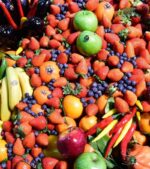
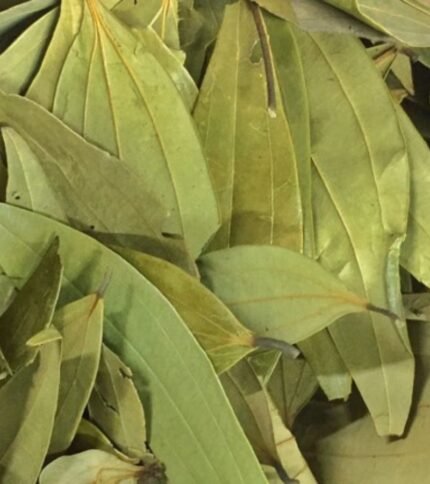
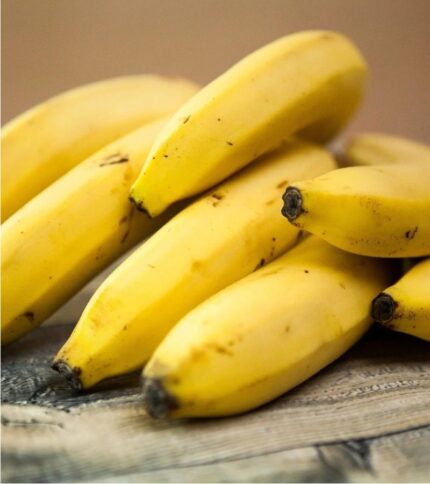


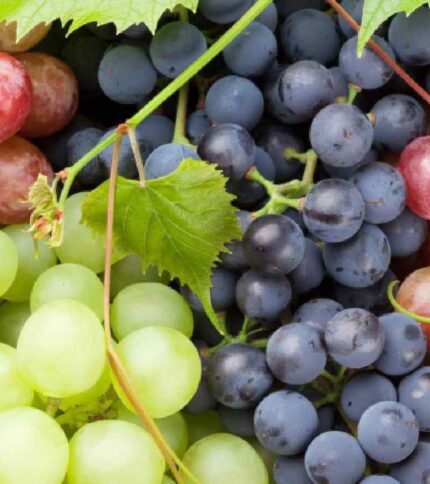

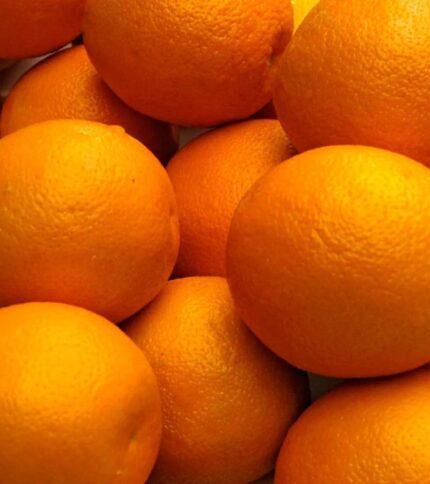
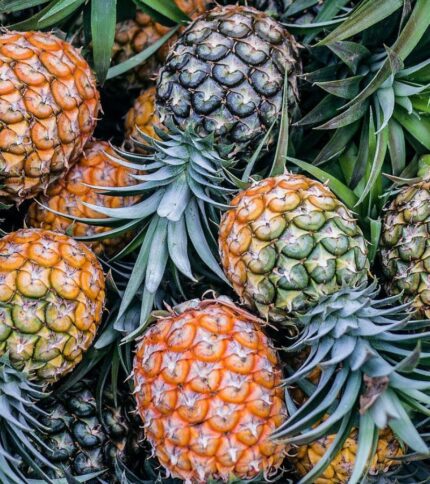
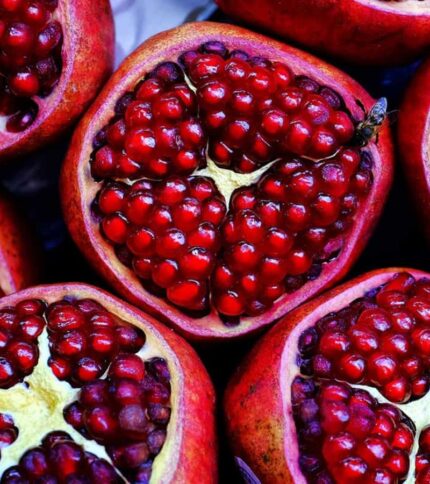

Reviews
There are no reviews yet.